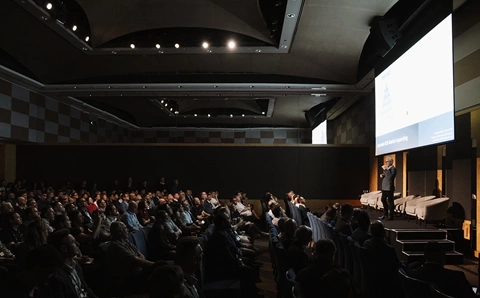More companies are increasingly using Australia's small business restructuring process to avoid liquidation, numbers from the Australian Securities and Investments Commission (ASIC) suggest.
ASIC has released data showing 3,388 small business restructuring (SBR) appointments occurred between July 2022 and December 2024, representing a large increase from the early days of the scheme.
SBR appointments jumped from 448 in 2022-23 to 1,425 in 2023-24, with 2024-25 projected to reach approximately 3,000 appointments.
The information media and telecommunications sector accounted for three per cent of all SBR appointments during the review period.
This sector, as defined by the 2006 edition of the Australian and New Zealand Standard Industrial Classification, includes the likes of ISPs, data processing services, electronic information storage services and more.
Among the top industries using the restructuring process are construction, accommodation and food services and professional scientific and technical services.
The SBR process allows eligible small businesses with liabilities under one million dollars to restructure their debts whilst directors retain control of the company.
This is to avoid traditional liquidations in which external administrators take control of company operations.
Around 93 per cent of companies that completed their restructuring plans remained registered as active entities by April 2025.
ASIC's analysis shows 87 per cent of proposed restructuring plans submitted to creditors received approval during the review period.
However, the approval rate has declined from 88 per cent for plans commenced in 2022-23 to 79 per cent for those started in the first half of 2024-25.
Companies using the process typically owed creditors a median amount of $359,082, well within the one million dollar eligibility threshold.
Creditors received an average dividend payment of 21 cents in the dollar through completed restructuring plans.
On average, the restructuring cost was $21,998.
The Australian Taxation Office (ATO) received approximately 87 per cent of the $101 million distributed to unsecured creditors through finalised restructuring plans.
New South Wales accounted for 40 per cent of all SBR appointments, followed by Queensland with 24 per cent and Victoria with 23 per cent.
ASIC commissioner Kate O’Rourke said after a slow start, the recent growth of SBRs and other data in ASIC's report shows that the SBR regime is starting to deliver on the intended policy objective of reducing the complexity and costs involved in insolvency processes for small businesses and ultimately helping them to survive.
"Safeguards against the misuse of the SBR process are important," she said.
"In addition to the statutory safeguards, where we can, ASIC has tested questions raised by some stakeholders about the potential misuse of the SBR process. At this stage, we have not found evidence that indicates widespread misuse of the SBR process.
"We will continue to monitor the uptake of SBRs and their effectiveness. We are committed to ensuring that the SBR regime provides a cost-effective restructuring option that supports the survival of small business while minimising the risk of misuse."












.jpg&w=100&c=1&s=0)
_(8).jpg&w=100&c=1&s=0)









